Explore our latest USD tagged content. From expert guides and forecasts to provider reviews and practical money tips, these posts help you stay informed and make smarter currency decisions.
All Content (179)
By Topic:
About Us (12)
Africa (1)
American Express (1)
Banks (2)
Business (11)
Crypto (1)
Expat (9)
Fintech (25)
Foreign Currency Accounts (9)
Foreign Transfers (27)
Forex (3)
Fx Risk (5)
Fx Trading (3)
Large Amounts (12)
Locations (10)
Monetary Policy (1)
Newsletters (1)
Ofx (11)
Online Sellers (1)
Paypal (1)
Popular (3)
Property (2)
Pursuits (1)
Revolut (5)
Study Abroad (7)
Travel (1)
Travel Cards (9)
Travel Money (11)
Wise (12)
Worldfirst (9)
Worldremit (2)
Xe (2)
By Currency: AED (28) AFN (1) ALL (1) AMD (1) ANG (2) AOA (1) ARS (2) AUD (79) AWG (1) AZN (1) BAM (1) BBD (1) BDT (1) BGN (1) BHD (1) BIF (1) BMD (1) BND (1) BOB (1) BRL (6) BSD (1) BTC (1) BTN (1) BWP (1) BZD (1) CAD (45) CDF (1) CHF (33) CLP (4) CNY (22) COP (1) CUP (1) CVE (1) CZK (5) DJF (1) DKK (9) DOP (1) DZD (1) EGP (2) ETB (1) EUR (112) FJD (6) FKP (1) GBP (76) GEL (1) GHS (2) GIP (1) GMD (1) GNF (1) GTQ (1) GYD (1) HKD (22) HNL (1) HTG (1) HUF (5) IDR (8) ILS (6) INR (29) IQD (1) IRR (1) ISK (1) JMD (1) JOD (1) JPY (30) KES (2) KGS (1) KHR (1) KMF (1) KPW (1) KRW (3) KWD (1) KYD (1) KZT (1) LAK (1) LBP (1) LKR (2) LRD (1) LSL (1) LYD (1) MAD (2) MDL (1) MGA (1) MKD (1) MMK (1) MNT (1) MOP (1) MRO (1) MUR (1) MVR (1) MWK (1) MXN (11) MYR (25) MZN (1) NAD (1) NGN (6) NOK (8) NPR (1) NZD (38) OMR (4) PEN (1) PGK (1) PHP (13) PKR (11) PLN (7) PYG (1) QAR (7) RON (2) RSD (1) RUB (8) RWF (1) SAR (9) SBD (4) SCR (1) SDG (1) SEK (8) SGD (38) SHP (1) SLL (1) SOS (1) SRD (1) SYP (1) SZL (1) THB (16) TJS (1) TMT (1) TND (1) TOP (1) TRY (7) TTD (1) TWD (10) TZS (1) UAH (2) UGX (2) USD (108) UYU (1) UZS (1) VEF (1) VND (9) VUV (1) WST (6) XAF (9) XCD (10) XOF (11) XPF (7) YER (1) ZAR (10) ZWL (1)
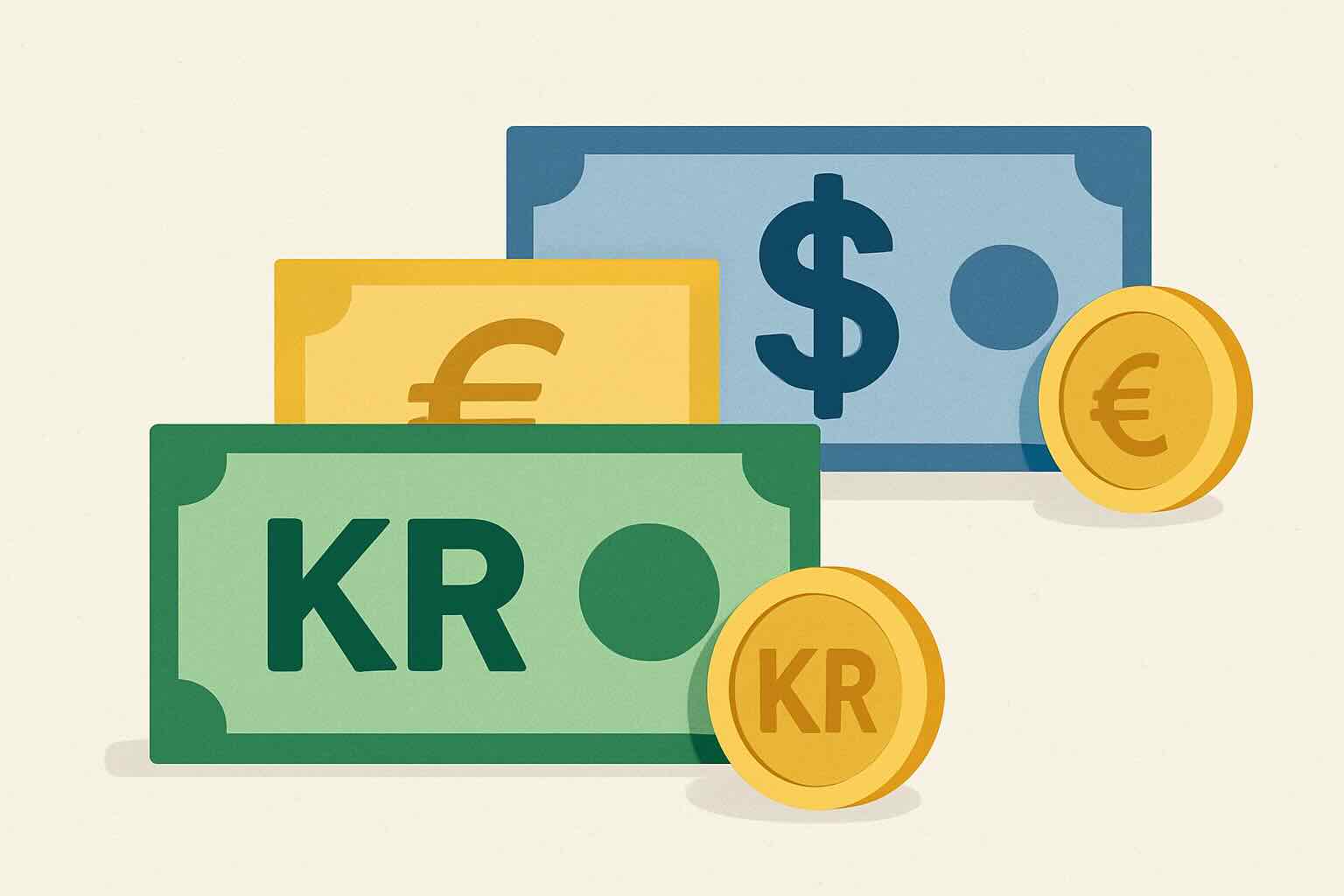
Swedish Krona's Strength Challenges Euro Adoption Support 2025-06-11
The Swedish Krona's recent appreciation has led to a decline in public support for adopting the Euro, with only 32% favoring the change in 2025.

Global Currency Shake-Up: Euro Surges, Dollar Stumbles, Franc Holds Strong 2025-06-03
The euro's unexpected rise against the U.S. dollar presents the European Central Bank with a complex dilemma, as global trade tensions and policy shifts influence currency dynamics.
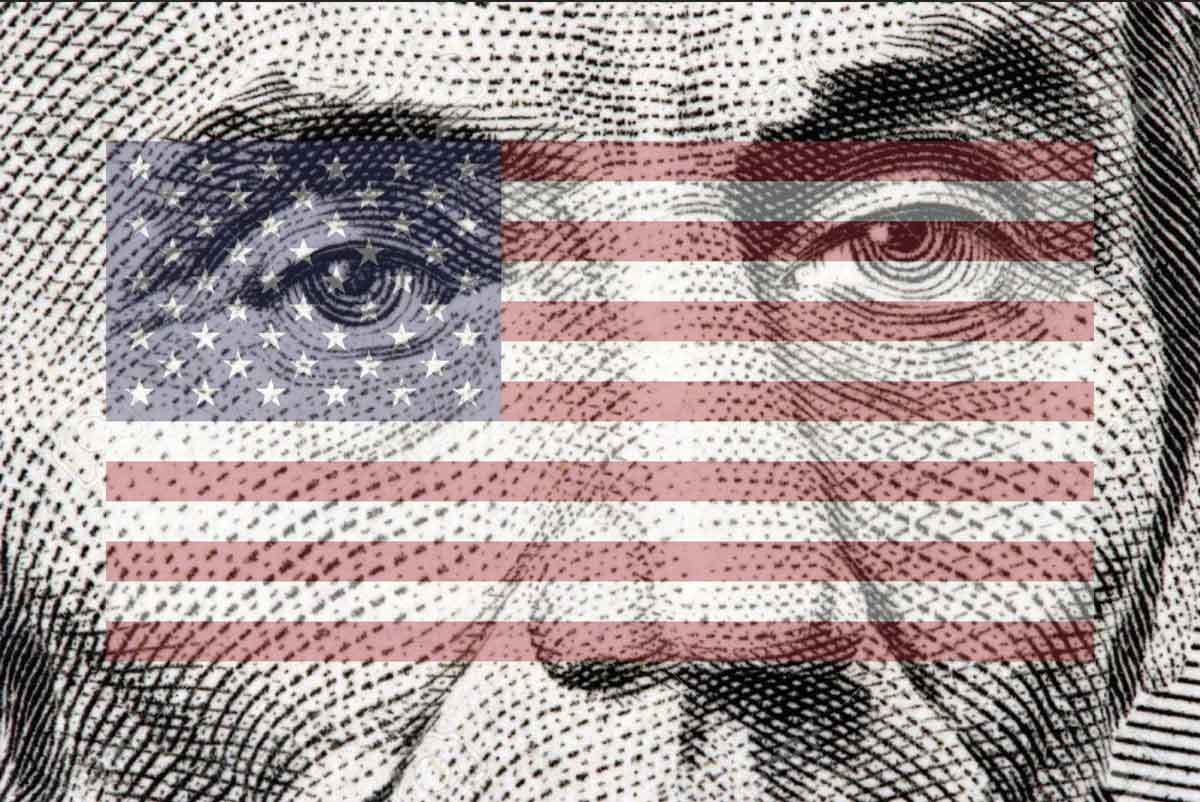
US-China Trade Truce Boosts Dollar, Euro and Yen React 2025-05-13
The US dollar surged following a 90-day tariff pause between the US and China, while the euro and yen weakened in response.
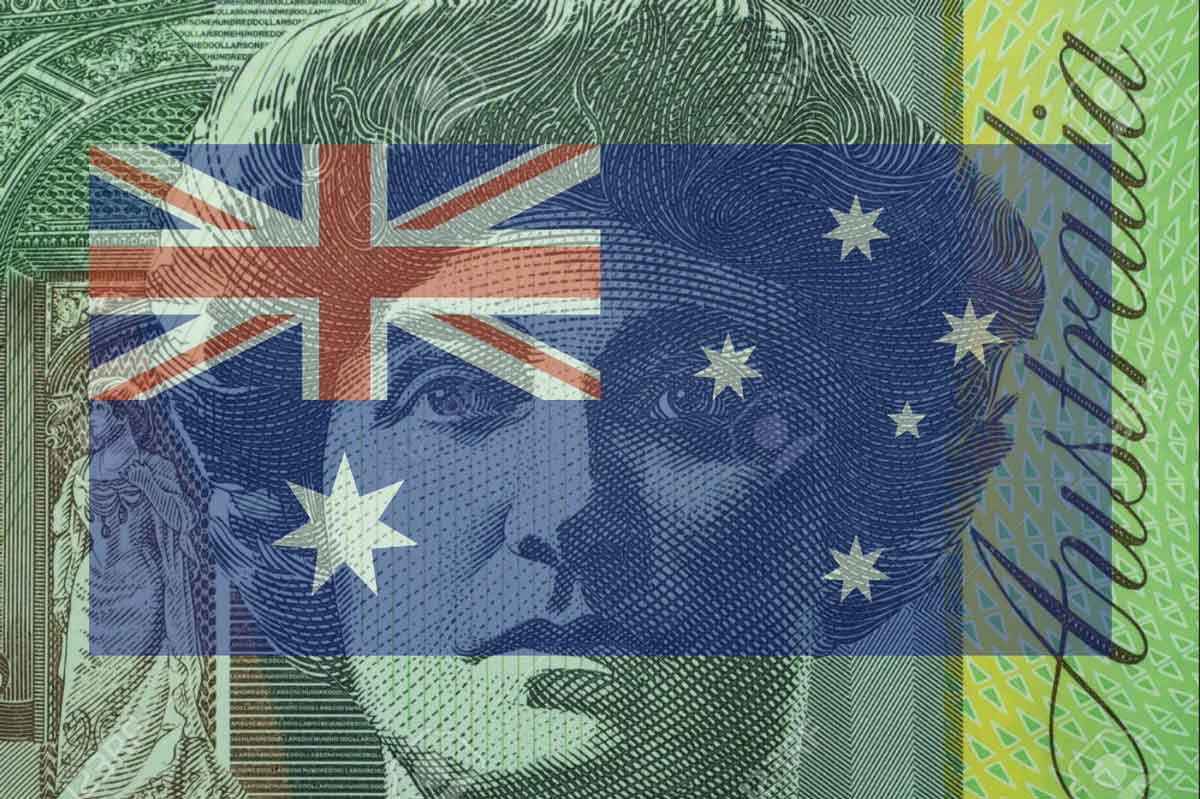
Aussie Dollar's 2025 Performance and Impact of Labor Party's Landslide Victory 2025-05-05
The Australian dollar has experienced notable fluctuations in 2025, influenced by global trade tensions and domestic political developments, including the Labor Party's decisive election win. However, trade tariffs imposed by the United States, have introduced volatility, prompting market analysts to adjust their forecasts for the currency's trajectory.
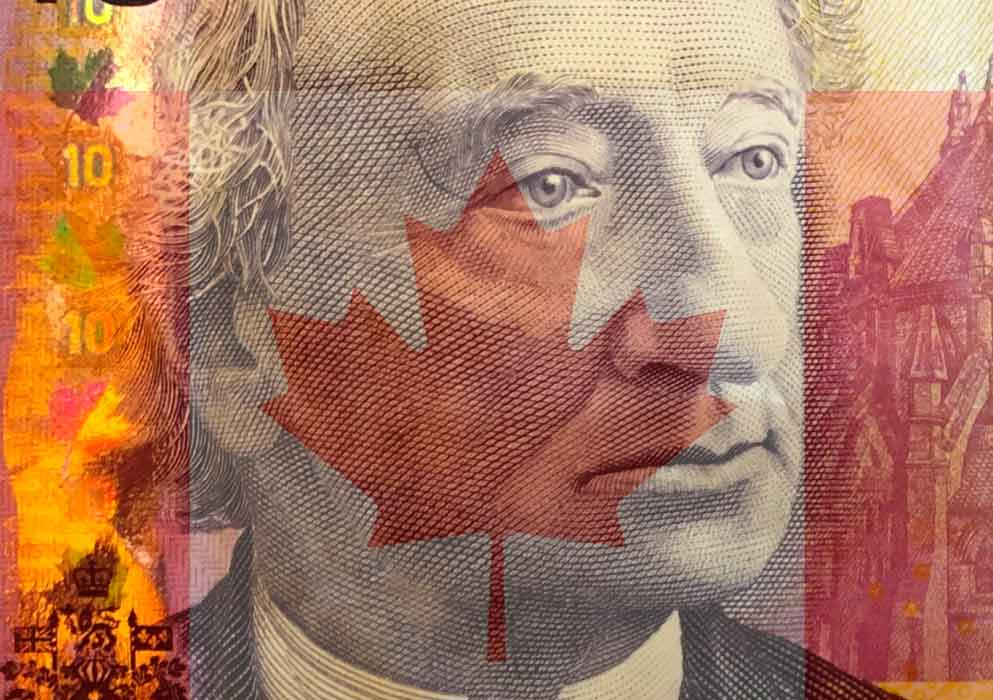
Loonie Resilience Defies Odds Amid Carney Election and Trade Tensions 2025-04-29
The Canadian dollar has defied political chaos and global headwinds to emerge as one of 2025’s unlikely winners. But with minority rule in Ottawa, soaring household debt, and a high-stakes U.S. election looming, the loonie’s fight for survival is just beginning.
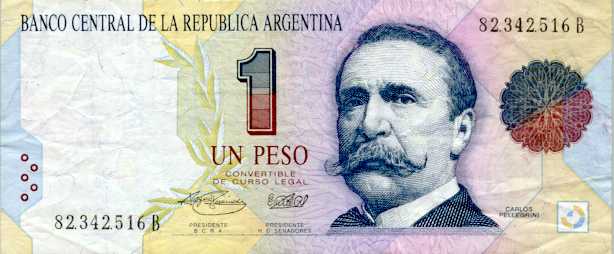
Argentina's Peso Surprises Markets Amid Economic Reforms 2025-04-28
Milei publicly criticizes economists as econo-swindlers and alarmists as Argentina's peso has defied expectations by maintaining stability following recent economic reforms, easing inflation concerns and bolstering investor confidence.
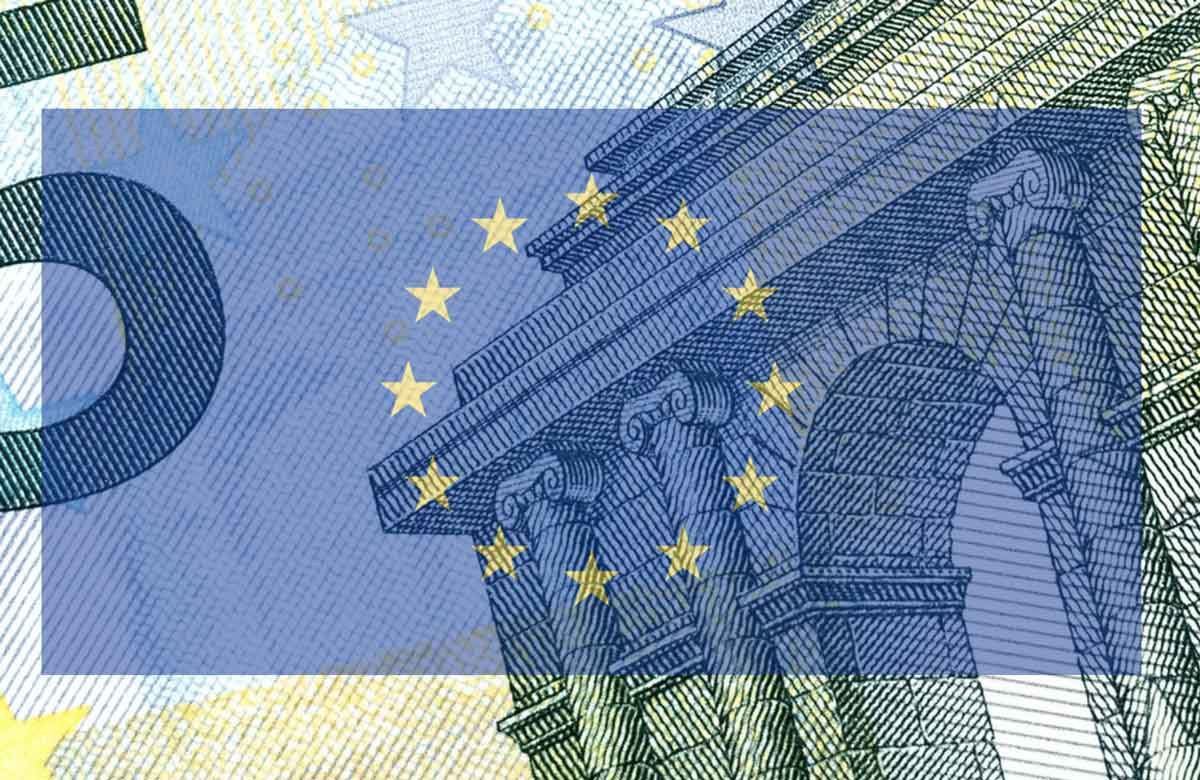
The U.S. Dollar Is Losing Ground to the Euro — And the World Is Watching 2025-04-25
Deutsche Bank forecasts a significant weakening of the US dollar in the coming years, potentially reaching its lowest level against the euro in over a decade.

US Dollar Hits Three-Year Low On Jerome Powell Dismissal Threat 2025-04-14
The US dollar has fallen to a three-year low, influenced by Trump policy back flips plus concerns over the Federal Reserve's independence. Analysts suggest a long-overdue correction due to overvaluation and trade tensions.

Swiss Franc Surges Amid U.S. Tariff Escalation 2025-04-11
The Swiss franc has experienced a significant surge, reaching a decade-high against the U.S. dollar, following President Donald Trump's announcement of increased tariffs on Chinese imports. This development has intensified market volatility and heightened demand for safe-haven assets.
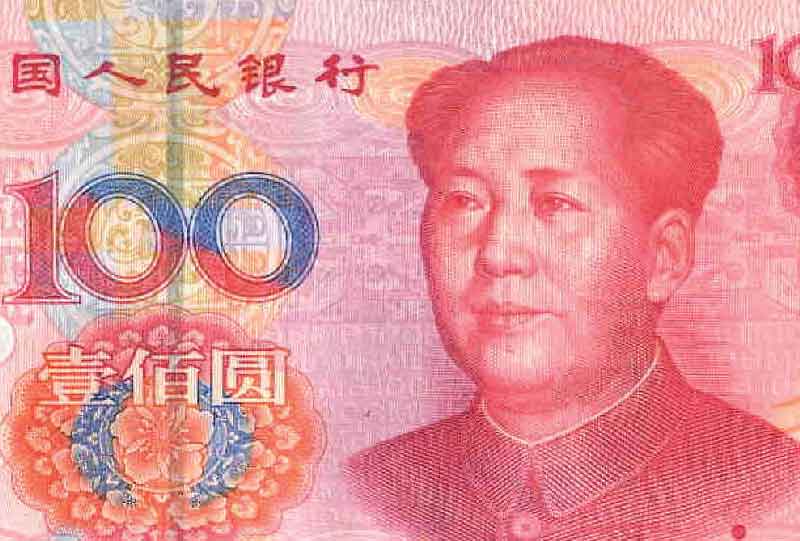
Yuan's Volatility Surges Amid U.S. Tariff Escalation 2025-04-10
The Chinese yuan has weakened following the United States' decision to impose a 125% tariff on Chinese imports, prompting the People's Bank of China to intervene to stabilize the currency.
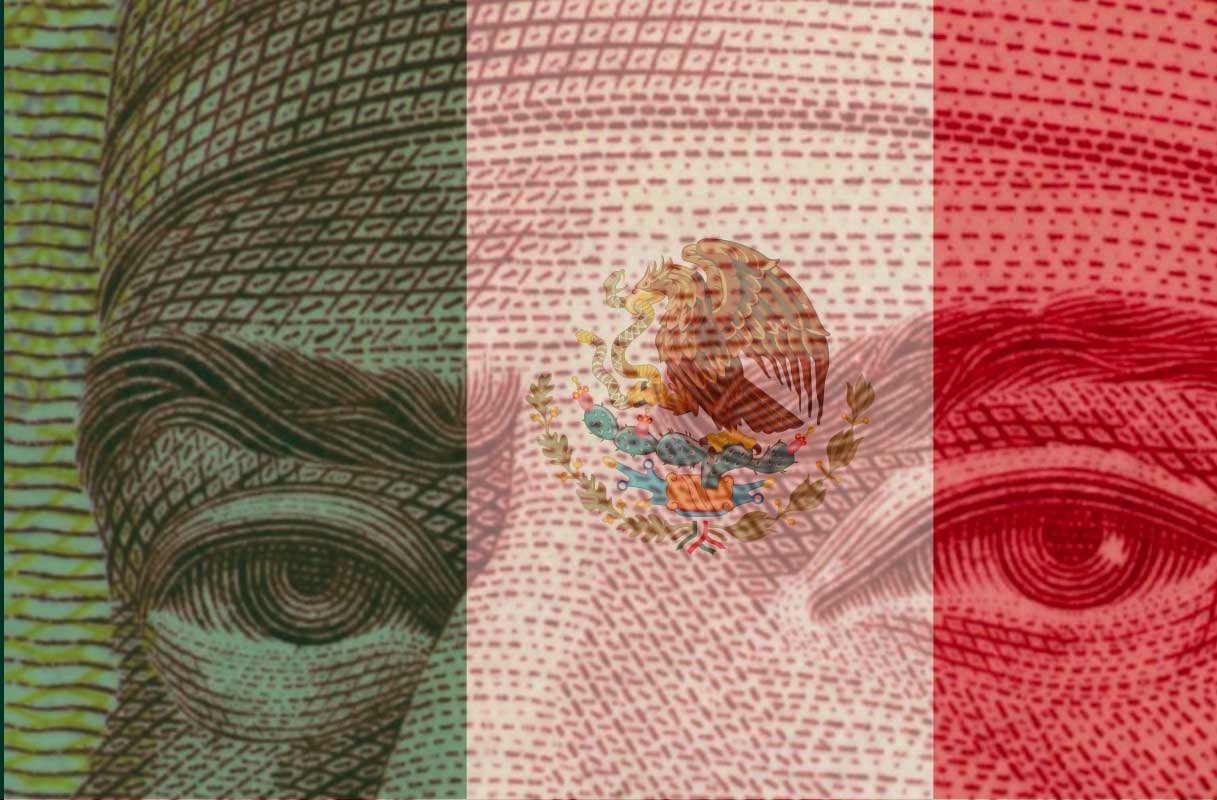
Mexican Peso Faces Uncertainty Amid U.S. Tariff Threats and Economic Policies 2025-04-08
The Mexican peso's outlook for 2025 is clouded by potential U.S. tariffs and economic policies, with forecasts indicating possible depreciation against the U.S. dollar.

How a Strong or Weak U.S. Dollar Impacts Shoppers, Travelers, and Businesses
Discover how movements in the U.S. dollar affect everyday Americans — from the cost of imports and vacations to global competitiveness for exporters and manufacturers.

Global Currency Markets React to U.S. Tariffs and Economic Policies 2025-03-27
Recent U.S. trade policies, including aggressive tariffs on auto imports, have introduced significant volatility in global currency markets, affecting major currencies such as the euro, British pound, and Japanese yen.

Indonesian Rupiah Nears Record Low Amid Fiscal Concerns 2025-03-26
The Indonesian rupiah approaches a historic low against the U.S. dollar, influenced by fiscal worries and government spending plans.

How the Weak US Dollar Can Impact International Business in 2025
Markets have shifted focus to the interest rate policies of other major central banks rather than the Federal Reserve.

Where to for the Loonie in 2025
Economists are predicting that the Canadian dollar could rise this year.
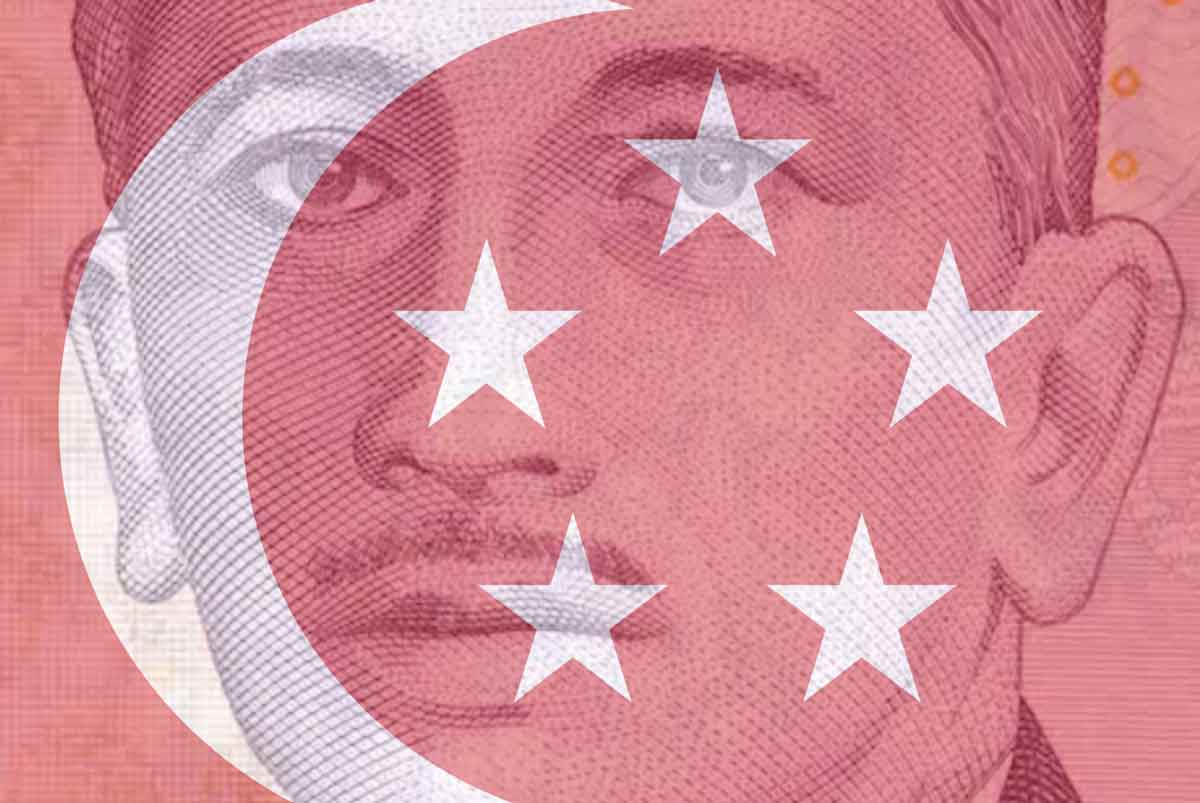
Strong Singapore Dollar Sparks Travel Boom and Economic Shifts
The Singapore dollar has reached its highest level in over a decade, boosting outbound travel and curbing inflation, but also putting pressure on exporters and local businesses. While sectors like logistics and finance benefit, retail, hospitality, and exports face challenges from the strong currency.

Will the US dollar remain strong?
The dollar has risen by nearly 20% against most currencies compared to this time last year.

Great News for Travelers to Europe this Summer 2024-06-25
Stronger AUD, USD, and GBP Against the Euro due to surprise French elections.

US Dollar Hits 14-Month Low on Cooling US Inflation 2023-07-17
USD sinks as global currency markets react to slowing US inflation, prompting a surge in other major currencies and a potential end to the Federal Reserve's tightening cycle.
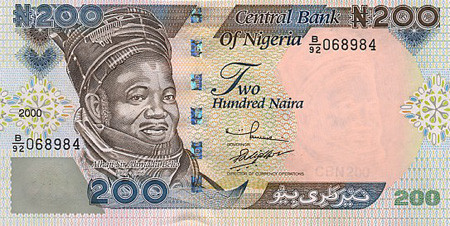
Nigeria's Decision to End Currency Peg Triggers Historic Naira Plunge 2023-06-20
Central Bank Chief's Removal Sets Stage for Currency Liberalization

US Dollar Weakens on Regional Banks Fears and Tighter Credit 2023-05-05
The US dollar weakened due to fears surrounding regional banks, while the ECB offered a less hawkish than expected 25bp hike and the Swiss franc is in demand.

Fears of US Recession Shifts Currencies & Commodities 2022-06-23
As we approach mid-year a shift has taken place in currency markets with the narrative less about interest rates hikes and more risk-off worries about a possible coming recession.

War and Inflation Powers US Dollar Strength 2022-05-10
During periods of rising inflation a stronger currency benefits a country's economics as this makes imports cheaper.
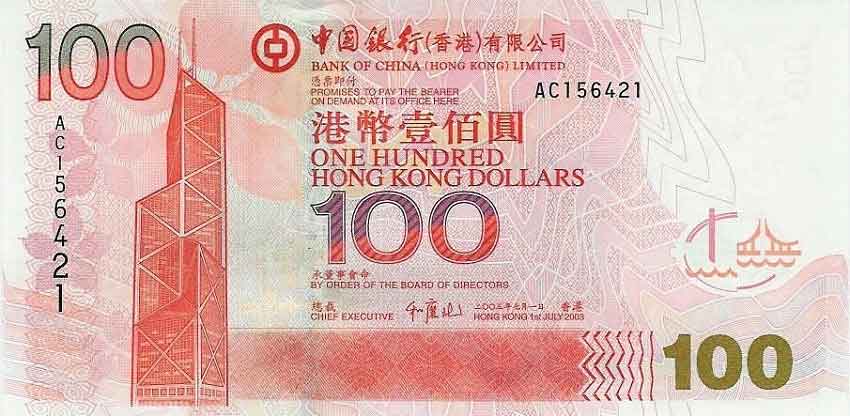
Hong Kong Reverts to More Lenient Travel Restrictions 2022-03-21
Recognising the impact of Covid-19 on its financial status, Hong Kong has reverted back to more lenient travel restrictions to improve life for both residents and travelers.
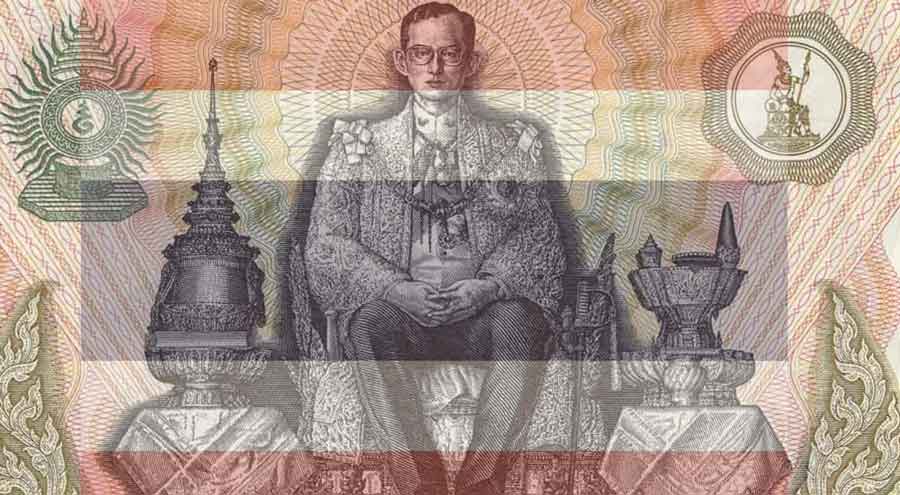
Thailand Relaxes Covid Rules for Tourists 2022-03-20
Global travel starts to revive so Thailand moves to revive its Economy after the pandemic.
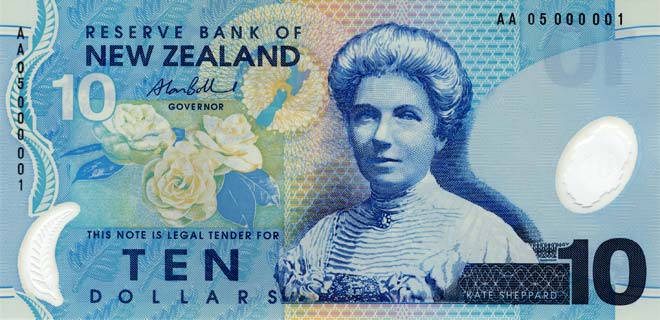
New Zealand Opening After Two Years - Aussies Welcomed First 2022-03-16
'Fortress New Zealand' opening after two long pandemic years - Aussies welcomed back first on April 12th and other nationalities on 1st of May.

Next Crises: China Property plus European Energy shake Currency Markets 2021-09-24
Fears Chinese mega developer Evergrande’s collapse will spark a contagion event and the ongoing European gas crisis has hit confidence.

Understanding the US Dollar: A Guide to America's Currency for Travelers and Investors
The United States dollar is the official currency of the United States of America but also is the world’s dominant reserve currency, and it accounts for roughly 62% of global foreign exchange reserves, double that of the Euro and Yen. In fact, the US Dollar has been the world’s reserve currency for over 100 years.

SWIFT Trials Real-Time Transfers in Europe; GPI Network an Answer to Ripple 2019-05-28
The operator of the world’s largest financial messaging system, SWIFT, has said it will trial real-time "gpi" cross-border payments using the European Central Bank's TIPS platform. SWIFT gpi has been developed as an answer to distributed ledger payment technologies, most notably Ripple.

SGD/MYR at 17-Month High; Ringgit Slumps on FTSE Index Deselection 2019-04-18
What is arguably Southeast Asia’s most important exchange rate, Singapore dollar-Malaysian ringgit, leapt on Thursday to its highest level since November 2017, driven by FTSE Russell’s decision to reconsider Malaysia’s inclusion in an important bond index.
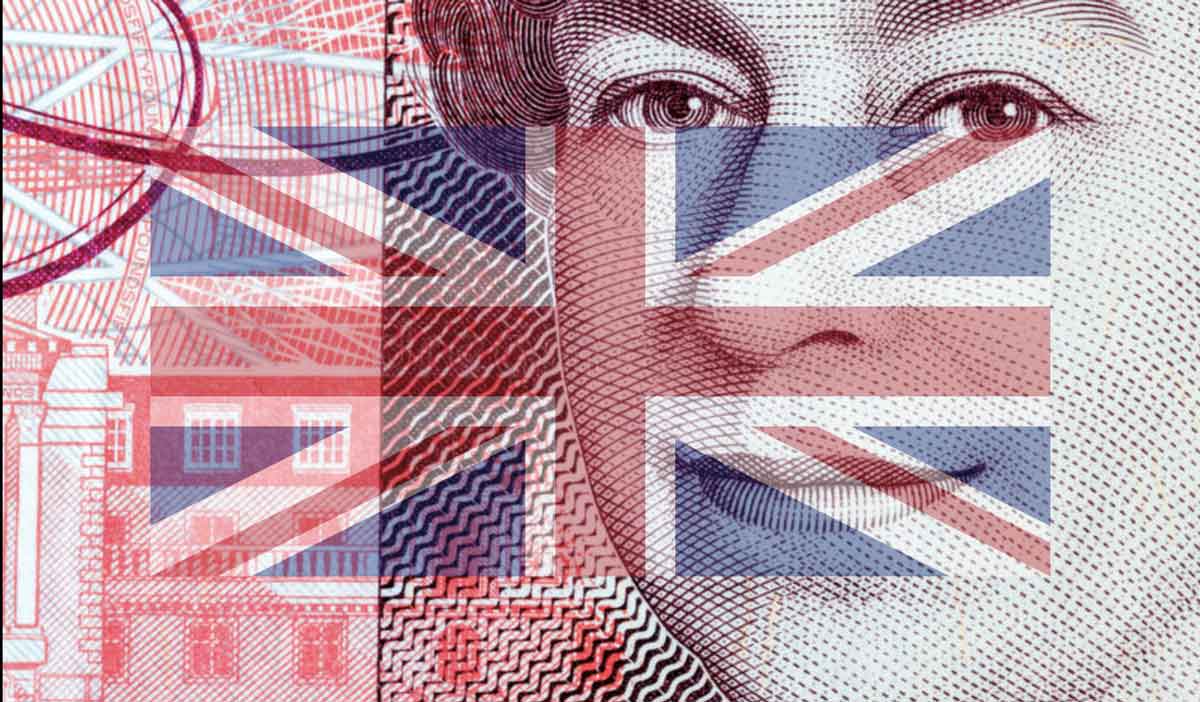
Brexit This Year Now a Toss-Up, Bookmakers Say; What Next for Pound? 2019-04-14
With the chance of a 2019 Brexit now reduced to 50 percent, the pound’s value is likely to remain capped for the time being, most likely near US$1.34, experts say. On the downside, US$1.24 is likely should the latest Article 50 extension be used to hold a UK general election.

East Timor Country Guide (TL)
The Democratic Republic of Timor-Leste, also known as East Timor, gained independence from Indonesia on 20 May 2002, making it the first new sovereign state of the 21st century. Despite its rich natural beauty and unique cultural heritage, includi...

Ecuador Country Guide (EC)
Ecuador is a country located in South America, bordered by Colombia to the north, Peru to the east and south, and the Pacific Ocean to the west. It is known for its diverse culture and natural beauty. The country's official language is Spanish and...

El Salvador Country Guide (SV)
El Salvador suffers horribly from bad press. While gang violence still dominates international headlines – and keeps so many adventurous travelers at bay – the vast majority of this beautiful country remains untouched by 'the troubles.'
...

Turks and Caicos Islands Country Guide (TC)
The Turks and Caicos are a chain of 40 islands that include Providenciales (the most populated island) as well as Grand Turk, Middle Caicos, South Caicos, and more. There are two airports—on Providenciales and Grand Turk—but most travelers fly...
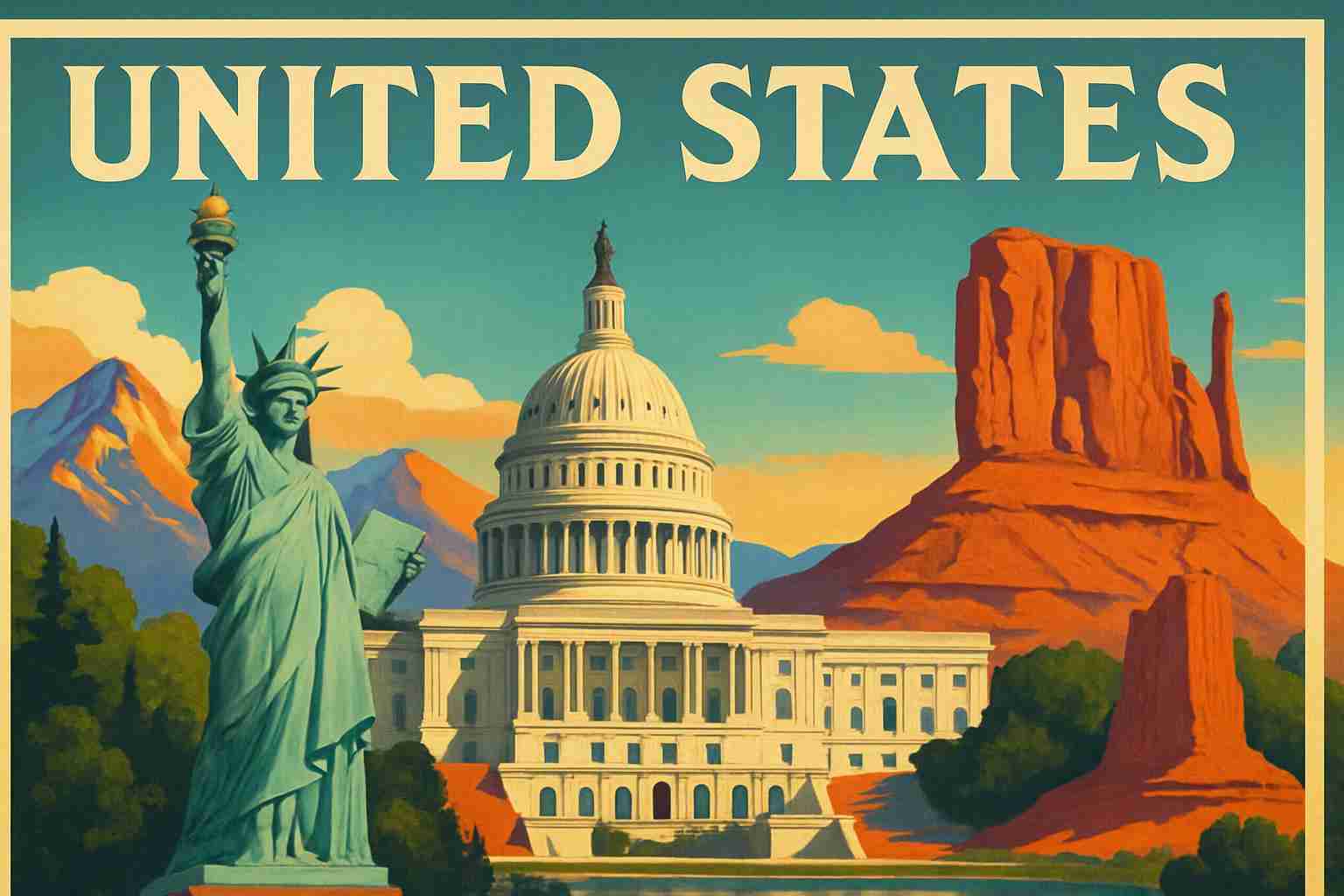
United States Country Guide (US)
By staying informed and planning ahead, you can effectively manage your finances while enjoying your visit to the United States.

British Virgin Islands Country Guide (VG)
More than 60 islands –some of them uninhabited and declared national parks– make up this Caribbean archipelago, a paradise of lush rainforests, white-sand beaches and bright turquoise waters. Most visitors travel to the British Virgin Islands ...

US Virgin Islands Country Guide (VI)
This trio of islands in the Caribbean Sea—St. John, St. Croix, and St. Thomas—is famous for its dreamy beaches, world-class snorkeling and diving, and pristine beaches. Travelers can find accommodations for all types of trips, whether it's a f...

CAD to USD 2025 Forecasts
The Canadian dollar (CAD) has recently faced downward pressure largely due to slow progress in US-Canada trade negotiations.

AUD to USD 2025 Forecasts
The recent performance of the Australian dollar (AUD) against the US dollar (USD) reflects significant volatility and mounting pressure primarily due to...

EUR to USD 2025 Forecasts
The EUR/USD exchange rate has recently encountered fluctuations, with the euro showing signs of weakness amid uncertainties surrounding ongoing EU-US trade negotiations.

GBP to USD 2025 Forecasts
The GBP to USD exchange rate has recently shown some resilience, trading at 1.3629, which is approximately 1.6% above its three-month average of 1.3417.
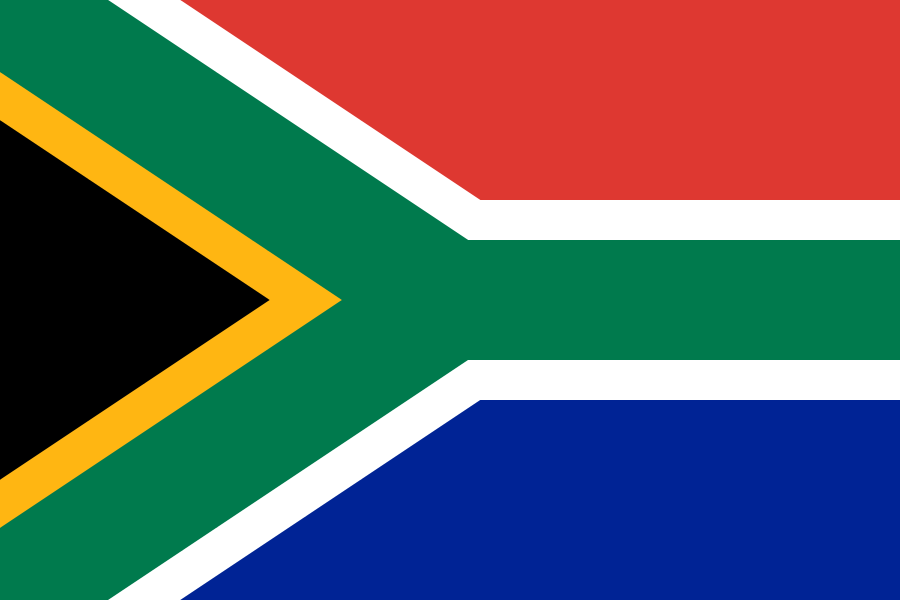
USD to ZAR 2025 Forecasts
The outlook for the USD to ZAR exchange rate reflects a complex interplay of various economic factors, with the US dollar showing resilience amidst shifting...

USD to XPF 2025 Forecasts
The recent forecasts for the USD to XPF exchange rate indicate that the U.S.

USD to XOF 2025 Forecasts
Recent analyst forecasts indicate that the USD to XOF exchange rate is currently experiencing downward pressure, with the USD trading at 558.7 XOF, which is...

USD to WST 2025 Forecasts
Recent forecasts for the USD to WST exchange rate reflect the broader dynamics influencing the US dollar's strength and stability.

USD to VND 2025 Forecasts
The USD to VND exchange rate has seen recent appreciation, underpinned by optimism around forthcoming U.S.
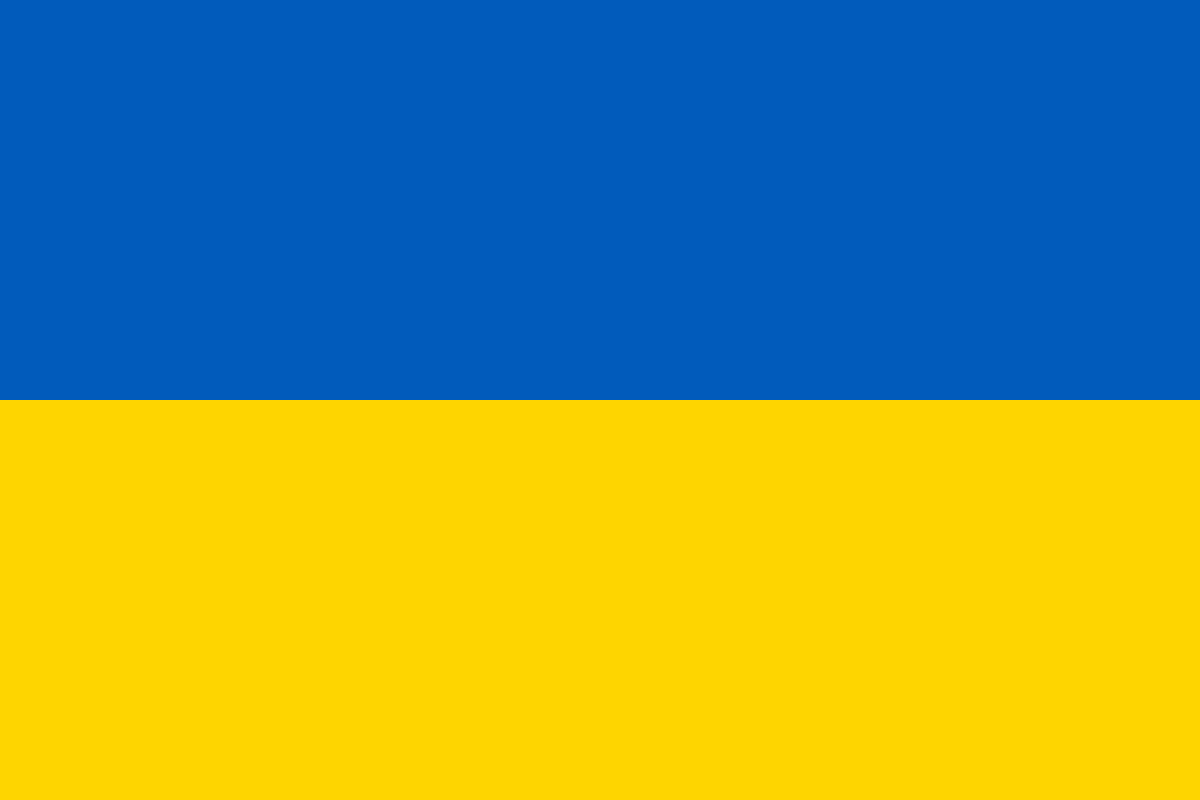
USD to UAH 2025 Forecasts
The USD to UAH exchange rate has recently shown strength, reflecting a combination of geopolitical factors, economic indicators, and market sentiment.

USD to TWD 2025 Forecasts
Recent forecasts regarding the USD to TWD exchange rate indicate a complex interplay of factors influencing both currencies.

USD to TRY 2025 Forecasts
Recent exchange rate forecasts for the USD to TRY indicate a strengthening of the U.S.

USD to THB 2025 Forecasts
The exchange rate of USD to THB has shown some strengthening, with the USD recently appreciating as safe-haven flows and reduced expectations of interest...

USD to SGD 2025 Forecasts
Recent analyses of the USD to SGD exchange rate indicate a mixed outlook for the pair amidst geopolitical and economic developments.

USD to SEK 2025 Forecasts
The USD to SEK exchange rate has been influenced by a combination of factors in recent weeks.

USD to RUB 2025 Forecasts
The USD to RUB exchange rate has recently seen significant movements and forecasts influenced by various global factors.

USD to QAR 2025 Forecasts
The USD to QAR exchange rate has shown stability recently, currently pegged at 3.6437, which aligns closely with its three-month average.

USD to PLN 2025 Forecasts
The USD to PLN exchange rate has recently been influenced by a mix of factors affecting both the US dollar and the Polish zloty.

USD to PKR 2025 Forecasts
The USD to PKR exchange rate has shown some recent fluctuations, currently trading at 284.2 PKR, which is 0.7% above its three-month average of 282.2 PKR.

USD to PHP 2025 Forecasts
Recently, exchange rate forecasts for the USD to PHP have indicated a strengthening of the U.S.

USD to NZD 2025 Forecasts
Recent forecasts indicate a mixed outlook for the USD to NZD exchange rate, as both currencies navigate evolving market sentiment and economic conditions.

USD to NOK 2025 Forecasts
The USD to NOK exchange rate has shown a notable fluctuation over the past few months, recently trading at 10.11, which is 1.5% below its three-month average of 10.26.

USD to NGN 2025 Forecasts
The USD to NGN exchange rate outlook reflects several influencing factors stemming from recent economic developments and forecast insights.

USD to MYR 2025 Forecasts
The USD to MYR exchange rate has recently shown fluctuations influenced by various economic and geopolitical factors.
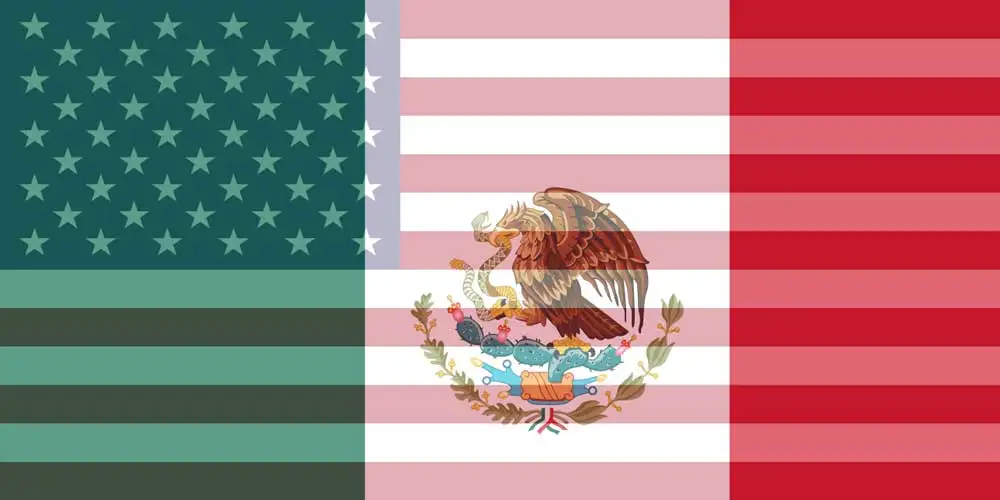
USD to MXN 2025 Forecasts
Recent forecasts for the USD to MXN exchange rate suggest a complex interplay of factors influencing both currencies amid ongoing trade tensions and economic sentiment.

USD to LKR 2025 Forecasts
The recent forecasts and market updates indicate a strengthening of the US dollar (USD) against the Sri Lankan rupee (LKR), attributed to several key factors.

USD to KRW 2025 Forecasts
The recent forecasts for the USD to KRW exchange rate indicate a complicated landscape influenced significantly by both U.S.

USD to JPY 2025 Forecasts
The USD/JPY exchange rate has been influenced significantly by recent developments in trade negotiations and monetary policy.

USD to INR 2025 Forecasts
Currency market analysts indicate that the USD to INR exchange rate is currently witnessing bullish momentum, with the USD trading at seven-day highs near...

USD to ILS 2025 Forecasts
The recent forecasts for the USD to ILS exchange rate indicate a complex interplay of factors influencing both currencies.

USD to IDR 2025 Forecasts
Recent forecasts indicate a strengthening US dollar (USD), supported by reduced expectations for interest rate cuts from the Federal Reserve and positive...

USD to HUF 2025 Forecasts
Recent analyses suggest a complex outlook for the USD to HUF exchange rate, influenced by both global and local factors.

USD to HKD 2025 Forecasts
Recent currency market updates indicate that the USD to HKD exchange rate has experienced notable movements, with the USD climbing to a 90-day high near...

USD to GBP 2025 Forecasts
Recent forecasts indicate a mixed outlook for the USD to GBP exchange rate, currently at 0.7339, which is 1.6% below its three-month average of 0.7455.

USD to FJD 2025 Forecasts
The exchange rate forecast for USD to FJD reflects a complex interplay of factors shaping the currencies' movements.

USD to EUR 2025 Forecasts
Recent forecasts for the USD to EUR exchange rate reflect a complex interplay of economic indicators, monetary policy expectations, and geopolitical developments.

USD to EGP 2025 Forecasts
Recent forecasts regarding the USD to EGP exchange rate suggest that the US dollar is experiencing upward momentum, currently trading near 49.67 EGP,...

USD to DKK 2025 Forecasts
Recently, the USD to DKK exchange rate has shown notable movements influenced by various factors in both the U.S.

USD to CZK 2025 Forecasts
Recent forecasts and updates regarding the USD to CZK exchange rate reflect a complex interaction of economic factors and geopolitical events.

USD to CNY 2025 Forecasts
The USD to CNY exchange rate has recently shown signs of volatility influenced by ongoing geopolitical tensions and changing economic conditions.

USD to CLP 2025 Forecasts
The USD to CLP exchange rate has recently been influenced by a combination of U.S.

USD to CHF 2025 Forecasts
Recent forecasts regarding the USD to CHF exchange rate indicate a dynamic environment shaped by global trade tensions and economic conditions.

USD to CAD 2025 Forecasts
The USD/CAD exchange rate has recently exhibited a trend influenced by various economic and geopolitical factors.

USD to BRL 2025 Forecasts
The recent analysis of the USD to BRL exchange rate reveals a tug-of-war between the strengthening U.S.

USD to AUD 2025 Forecasts
Recent forecasts for the USD to AUD exchange rate indicate a complex interplay of economic factors impacting both currencies.

BTC to USD 2025 Forecasts
Recent forecasts surrounding the BTC to USD exchange rate indicate a complex interplay between investor sentiment and market dynamics.

BRL to USD 2025 Forecasts
The BRL to USD exchange rate has recently shown heightened volatility, with the real reaching 90-day highs near 0.1849, representing a 4.5% increase over...

HUF to USD 2025 Forecasts
The recent forecasts and market updates indicate a mixed outlook for the HUF to USD exchange rate.

KRW to USD 2025 Forecasts
The KRW to USD exchange rate has been influenced by a mixture of economic data, geopolitical events, and market sentiment in recent weeks.

ZAR to USD 2025 Forecasts
Recent analysis indicates that the South African Rand (ZAR) to US Dollar (USD) exchange rate is influenced by a mix of domestic and international factors.

TRY to USD 2025 Forecasts
The exchange rate for the Turkish Lira (TRY) to US Dollar (USD) has been notably volatile due to a combination of domestic political unrest in Turkey and...

RUB to USD 2025 Forecasts
Recent forecasts and analysts’ assessments suggest a complex outlook for the RUB to USD exchange rate, heavily influenced by both U.S.

QAR to USD 2025 Forecasts
The QAR to USD exchange rate has recently witnessed fluctuations, currently trading at approximately 0.2747, marking a 60-day high and aligning with its three-month average.

NOK to USD 2025 Forecasts
The recent performance of the Norwegian Krone (NOK) against the US Dollar (USD) presents an intriguing picture.

SEK to USD 2025 Forecasts
The recent performance of the SEK to USD exchange rate has been influenced by several key economic factors and central bank policy signals.

DKK to USD 2025 Forecasts
Recent forecasts for the DKK to USD exchange rate convey a mixed outlook influenced by significant developments in both the U.S.

MXN to USD 2025 Forecasts
Recent forecasts for the MXN to USD exchange rate indicate significant volatility driven by geopolitical developments and economic data from the United States.

PLN to USD 2025 Forecasts
The exchange rate forecast for the PLN to USD suggests a mixed outlook, reflecting recent macroeconomic indicators and geopolitical factors affecting both currencies.

PKR to USD 2025 Forecasts
The recent movement of the PKR to USD exchange rate reflects a blend of domestic and international influences.

PHP to USD 2025 Forecasts
The recent performance of the Philippine peso (PHP) against the US dollar (USD) has shown stability, with the exchange rate currently at 0.017707, just...

CHF to USD 2025 Forecasts
Recent analyst forecasts and market updates indicate a strengthening Swiss franc (CHF) against the US dollar (USD), largely influenced by ongoing trade...

NZD to USD 2025 Forecasts
Recent forecasts for the NZD to USD exchange rate indicate that the New Zealand dollar has been under pressure due to a prevailing risk-off sentiment in the market.

MYR to USD 2025 Forecasts
The recent exchange rate landscape for the Malaysian Ringgit (MYR) against the U.S.

INR to USD 2025 Forecasts
Recent forecasts for the INR to USD exchange rate indicate a complex interplay of factors impacting both currencies.

SGD to USD 2025 Forecasts
Recent forecasts for the SGD to USD exchange rate indicate growing uncertainty due to geopolitical tensions and changing economic conditions.


